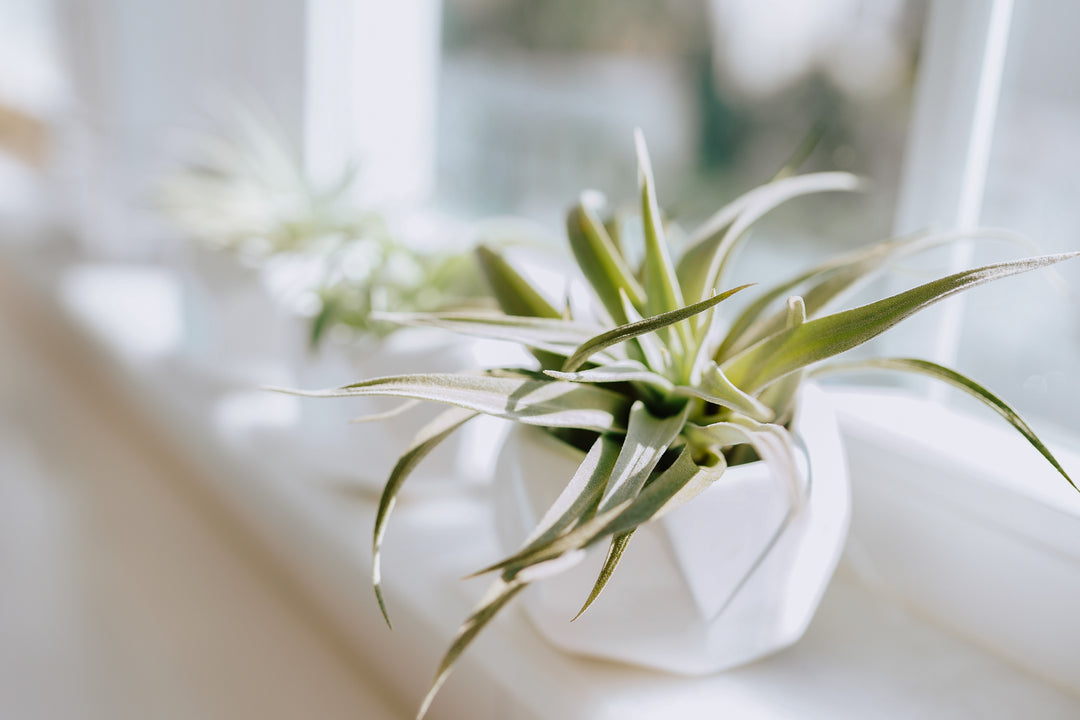
Providing Ideal Lighting Conditions For Your Air Plants
When considering the best care for Tillandsia, people often prioritize the watering routine while overlooking the lighting conditions required for the plant to thrive. Proper lighting is crucial for the health of air plants. Too much light can dehydrate and even burn the leaves while too little light will cause the plants to decline and lose color. This guide outlines optimal light conditions for Tillandsia, helping you create an environment where they can grow and flourish.
The Golden Rule: Bright but Indirect Light

The key to successful air plant cultivation lies in mimicking their natural habitat! In general, Tillandsias thrive in bright indirect and filtered light. This setting closely resembles their native environment, where they often grow nestled among tree branches or rock crevices. If kept outdoors, be sure to provide your Tillandsia with filtered light or shade, allowing a sufficient amount of light without scorching the leaves. Gentle, direct morning sunlight is ideal in most locations.
For indoor air plants, be sure to provide adequate natural or artificial light sources. South or north-facing windows are preferred as they provide consistent lighting throughout the day. Aim to place them within 3-5 feet of the window. East and west-facing windows, while not inherently bad, may require additional measures to filter the direct sunlight. The perfect window is one shaded by outdoor trees. If you can sit near the window and be comfortable then it’s likely your plant will be comfortable too.
Displaying your air plant in a windowless office or room with limited natural light? Not a problem! Air plants can also survive under consistent full-spectrum fluorescent or LED lights when exposed for several hours each day. If you have an area that is bright enough for other common houseplants, then your Tillandsia should thrive as well. For more low-light conditions, try moving them to brighter locations every few weeks so they can receive enough light.
Heat, Humidity, and Trichomes
Important factors to consider when deciding which light conditions are best for your air plants are the temperature and the amount of humidity in your environment. In more humid conditions, Tillandsias can handle slightly more sunlight exposure, as they're less likely to dry out quickly. More frequent soaks or supplemental mistings are beneficial for plants living in drier, hotter, and brighter locations. Thanks to trichomes, some silver-leafed varieties like Xerographica and Tectorum are more adapted to bright and dry conditions an can tolerate more direct light. We still recommend filtered light for these Xeric species, however, especially during hotter months. Our Hot Sun and Air Plants: How to Find the Happy Medium blog further discusses caring for plants in hot environments.
Remember, each plant is unique, so don't be afraid to experiment with different locations and light levels to find what works best for your green companions! For more care information and tips for your Tillandsia, check out our Air Plant City Care Page.


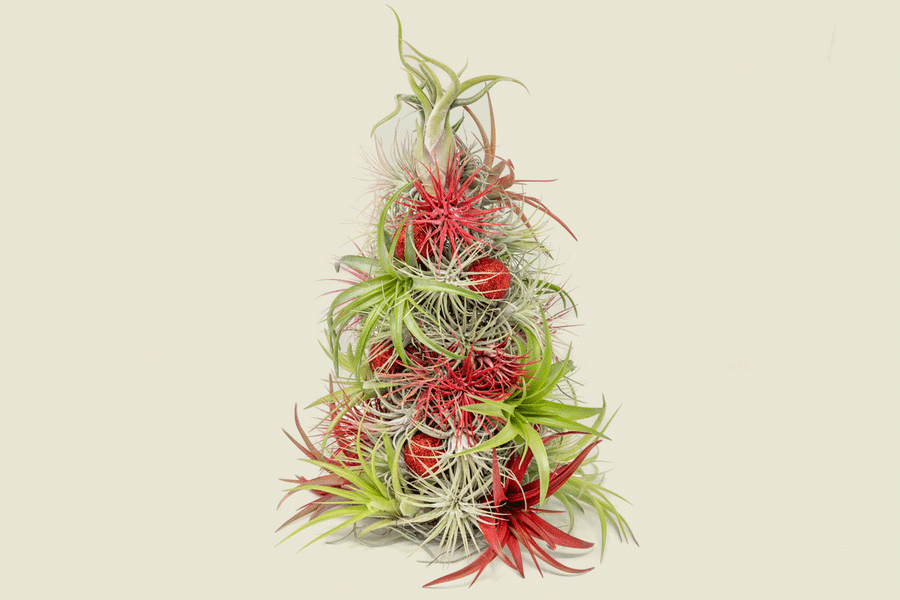
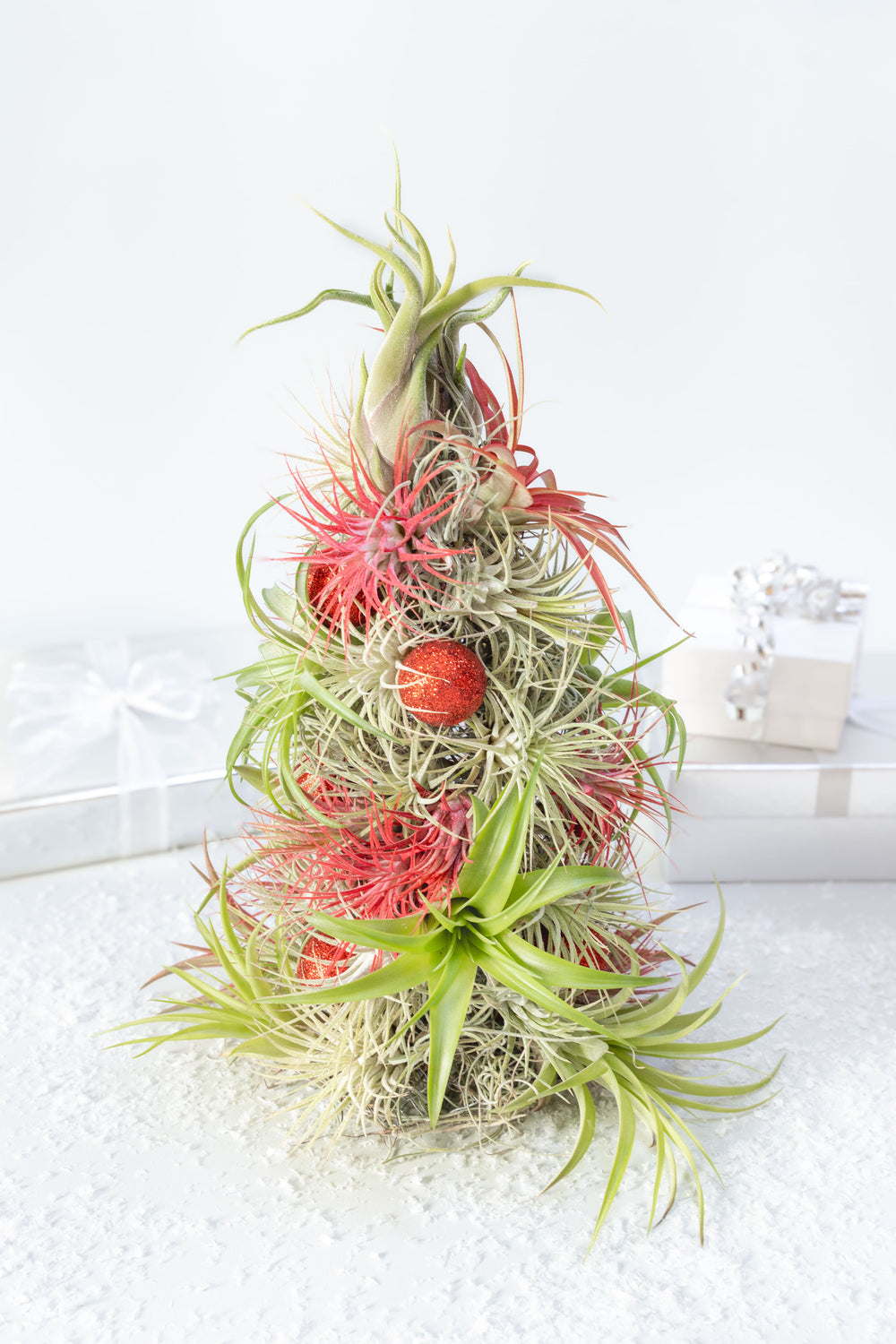
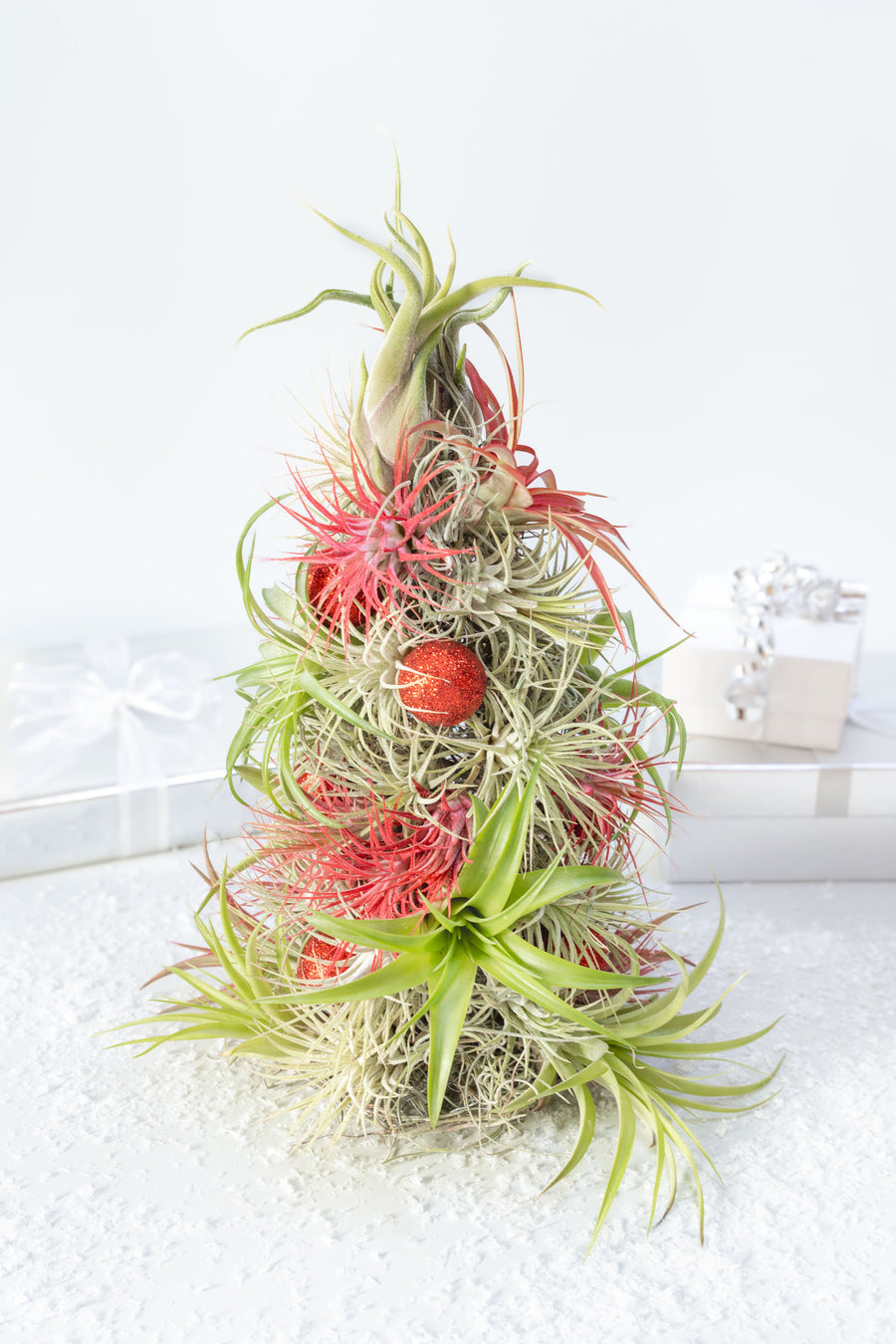
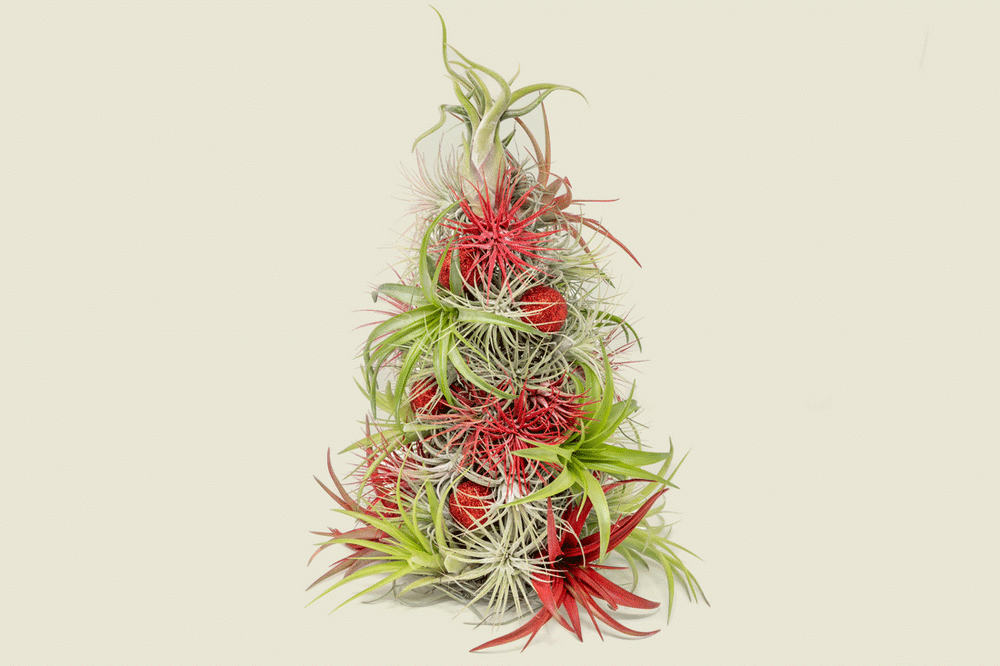

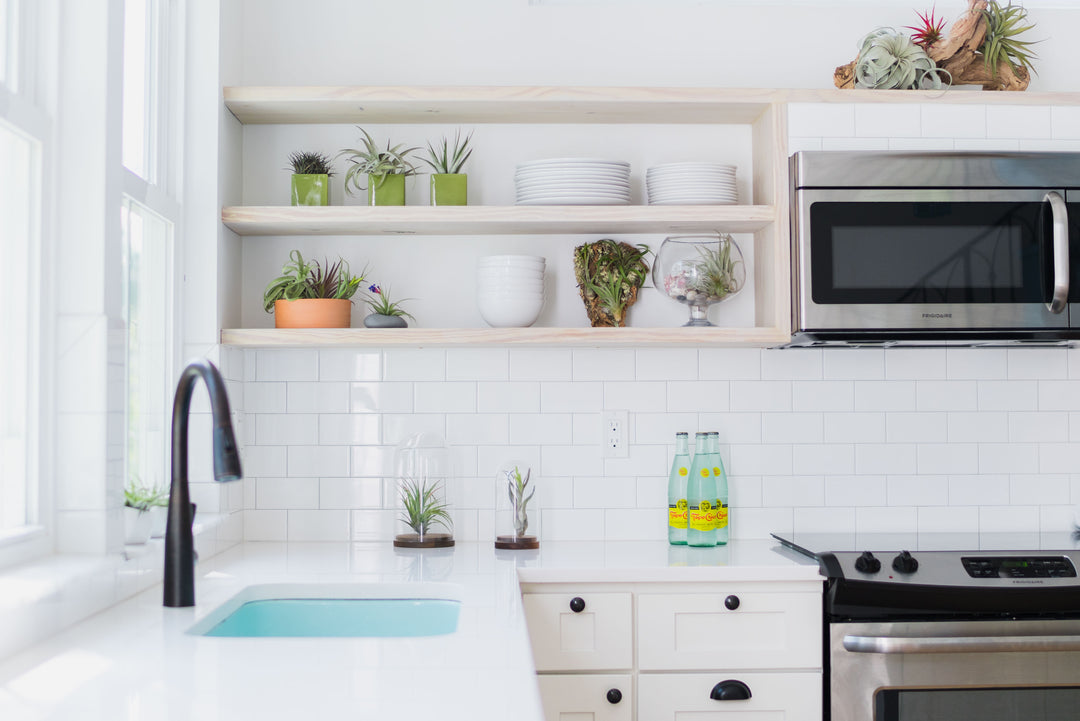
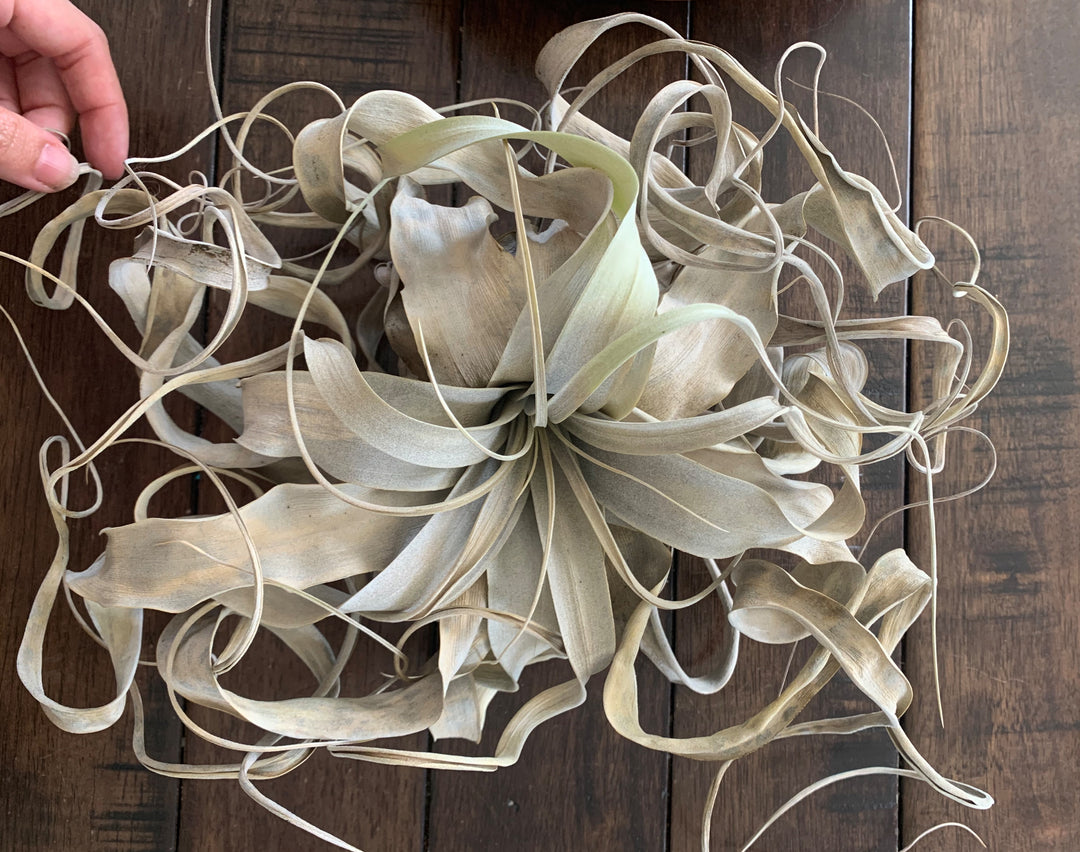
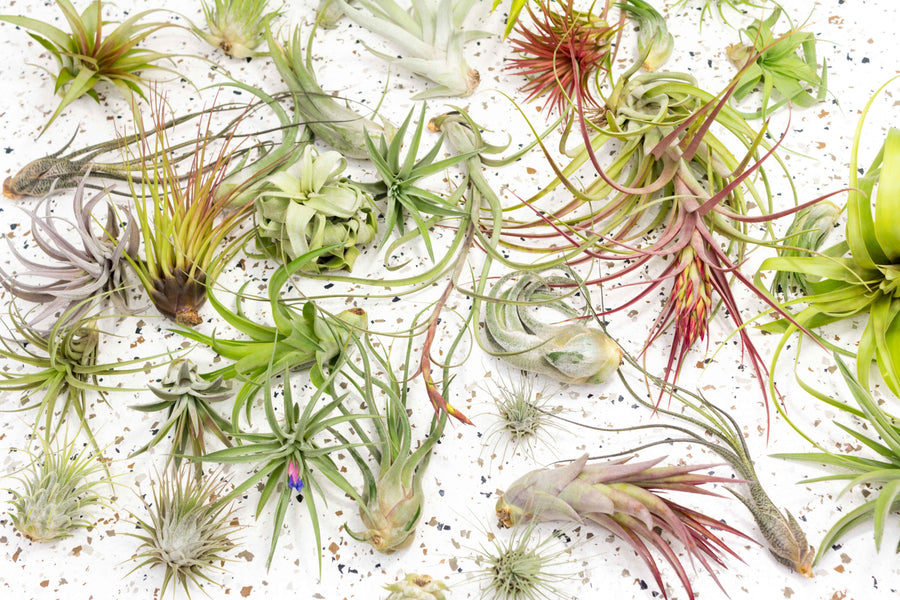
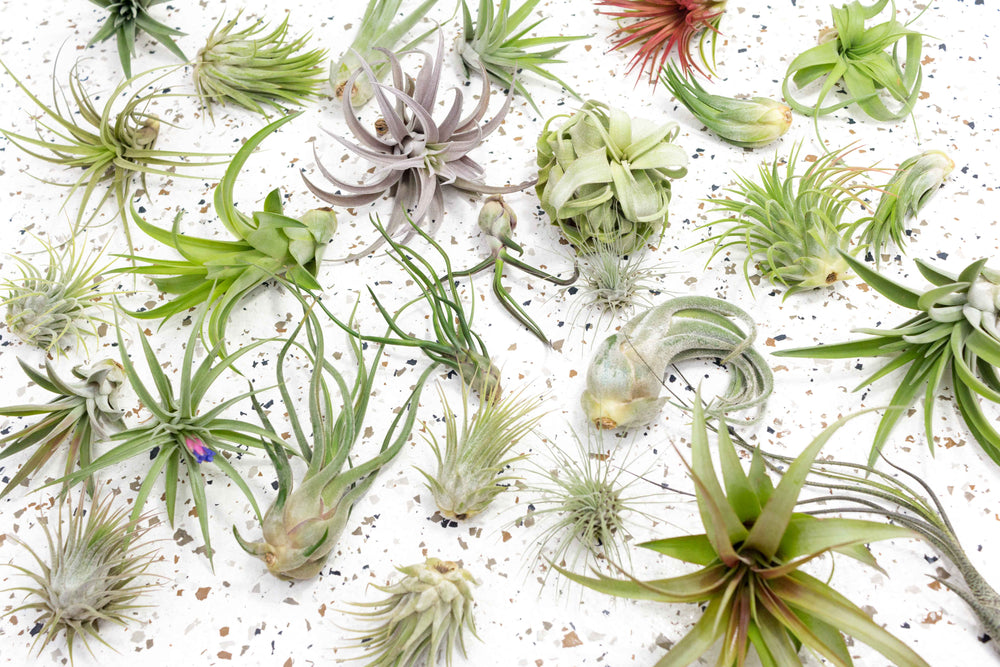
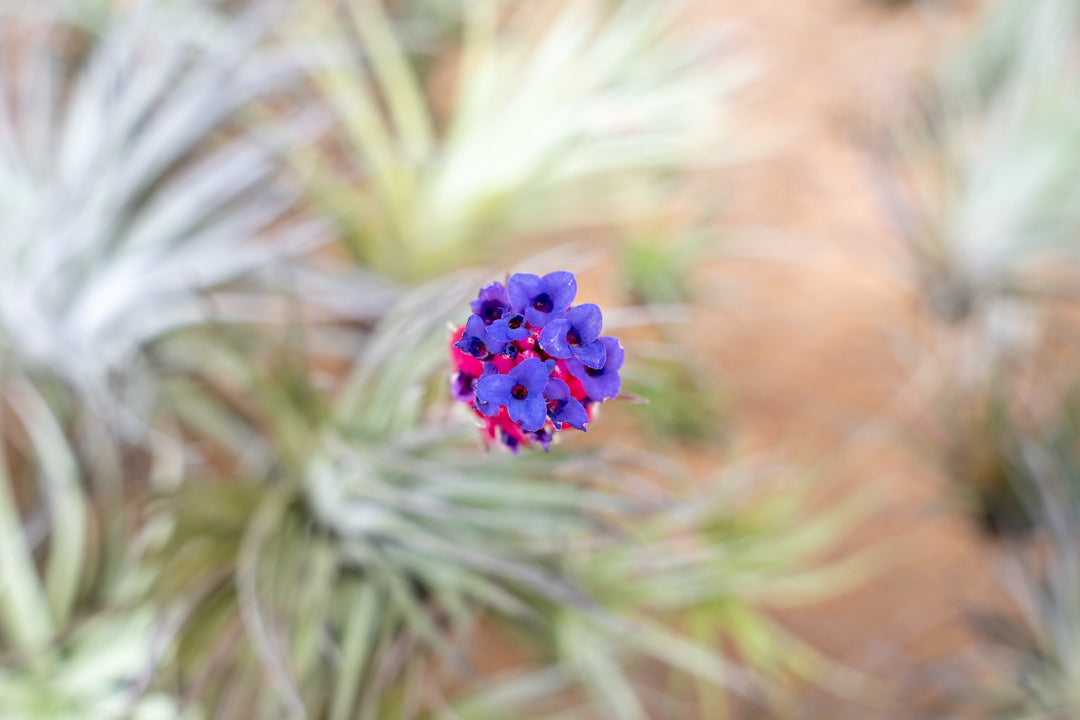
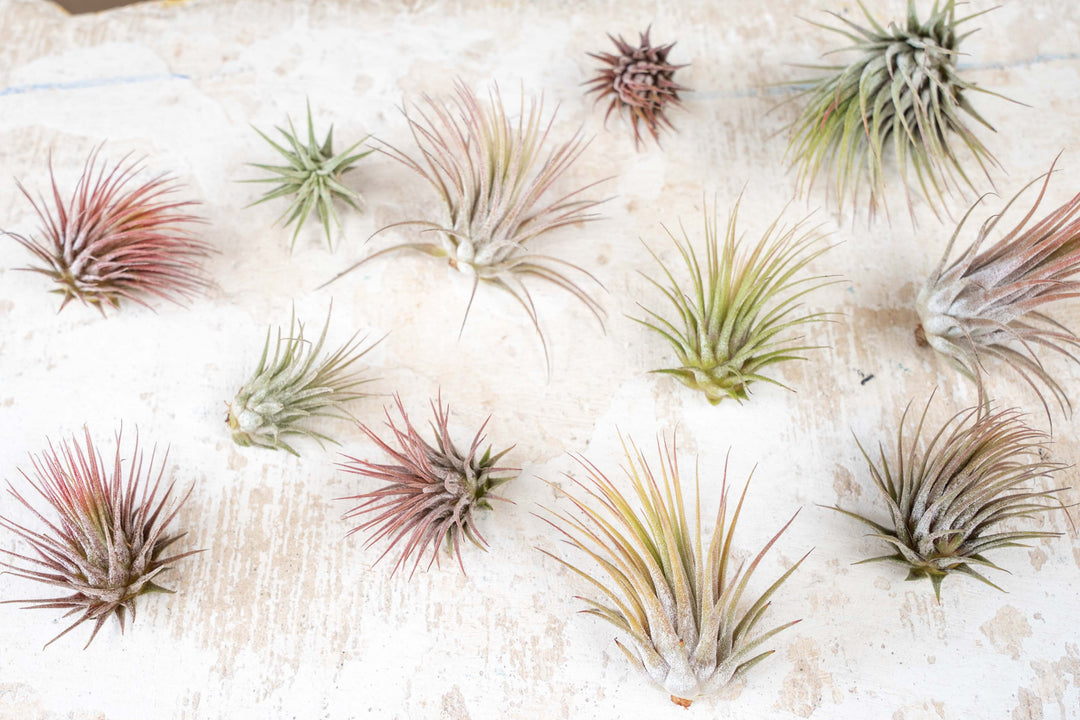
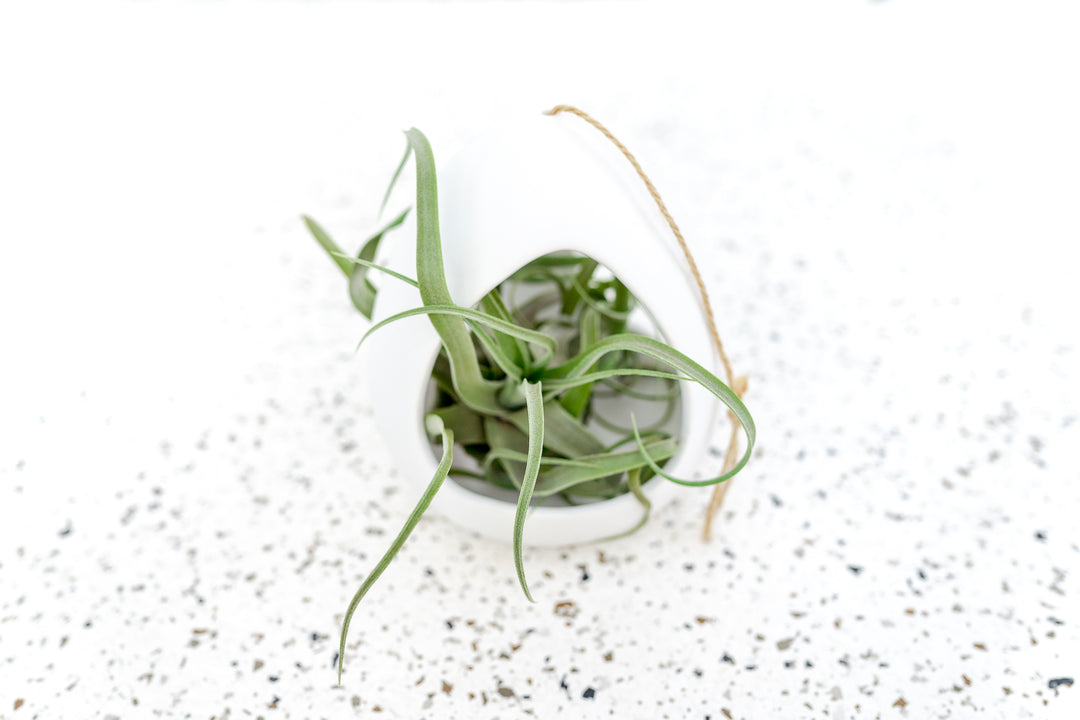
Leave a comment